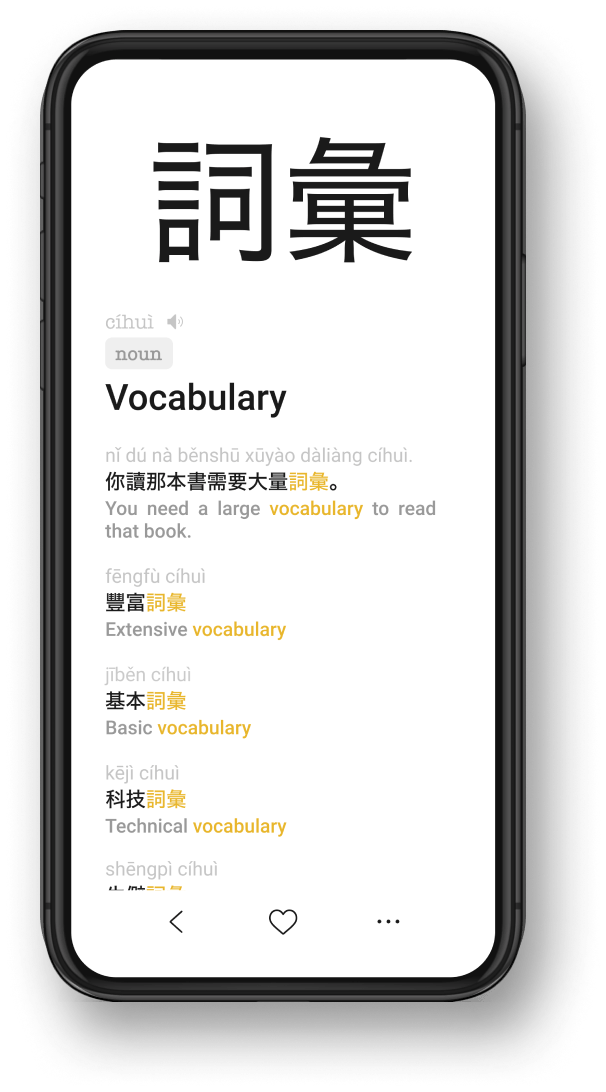Unlike alphabetic writing systems, Chinese doesn't rely on letters. Instead, it uses characters (hanzi) — 汉字 that carry both meaning and sound. By understanding how these characters are constructed, you can make learning Chinese not only easier but also more enjoyable.
What Are Chinese Characters?
Chinese characters are logograms—symbols that represent words or meaningful units, rather than individual sounds like in alphabetic systems. A single character can stand alone as a word or be combined with others to form more complex words. Delving into Chinese characters opens up a rich tapestry of history and culture that spans thousands of years.
Understanding Radicals
Radicals are like the building blocks of Chinese characters. They often provide clues about a character's meaning or pronunciation.
| Character | Pinyin | Meaning | Components |
|---|---|---|---|
| 好 | hǎo | good | 女 (woman) + 子 (child) |
| 家人 | jiārén | family | 家 (home) + 人 (person) |
| 家 | jiā | home | 宀 (roof) + 豕 (pig) |
| 山 | shān | mountain | Pictograph of three peaks |
Recognizing radicals can really speed up your learning. As you pick up more characters, you'll start to notice familiar parts popping up again, making new characters easier to remember.
Character Evolution
Many Chinese characters have evolved from ancient pictographs. For example, the character 山 (shān, meaning "mountain") looks like three peaks. Knowing the history behind characters can make them more memorable.

One interesting example is the character 家 (jiā, meaning "home" or "family"). It's made up of the radical 宀 (roof) over 豕 (pig). In ancient China, pigs were kept in homes, so where pigs lived, there were also people.
One of the most impacting change happened during the 1950s in China. Aiming to increase literacy rate, the Chinese government launched a campaign to simplify the writing system. This simplification process didn't happen everywhere and that's why today Chinese can be written both in simplified or traditional characters.
The Case of "Love" Without a Heart and the Simplification of Characters
One example of how simplifying characters can affect their meaning is the word "love." The traditional character is 愛 (ài), which includes the radical 心 (heart) at its center, highlighting the emotional core of love. In the simplified character 爱, the "heart" component has been removed, which some people feel takes away from the character's original significance. You can read more about this here.
Learning Tips
Here are some tips to help you learn Chinese characters more effectively:
- Practice Regularly: Consistency is key. Write characters daily to build muscle memory.
- Use Flashcards: Digital or physical flashcards can help with memorization and recall.
- Learn in Context: Study characters within words and sentences to understand their usage.
- Associate Images: Create visual associations or stories for characters to make them more memorable.
- Engage with Media: Read Chinese books, watch movies, or listen to songs to immerse yourself in the language.

